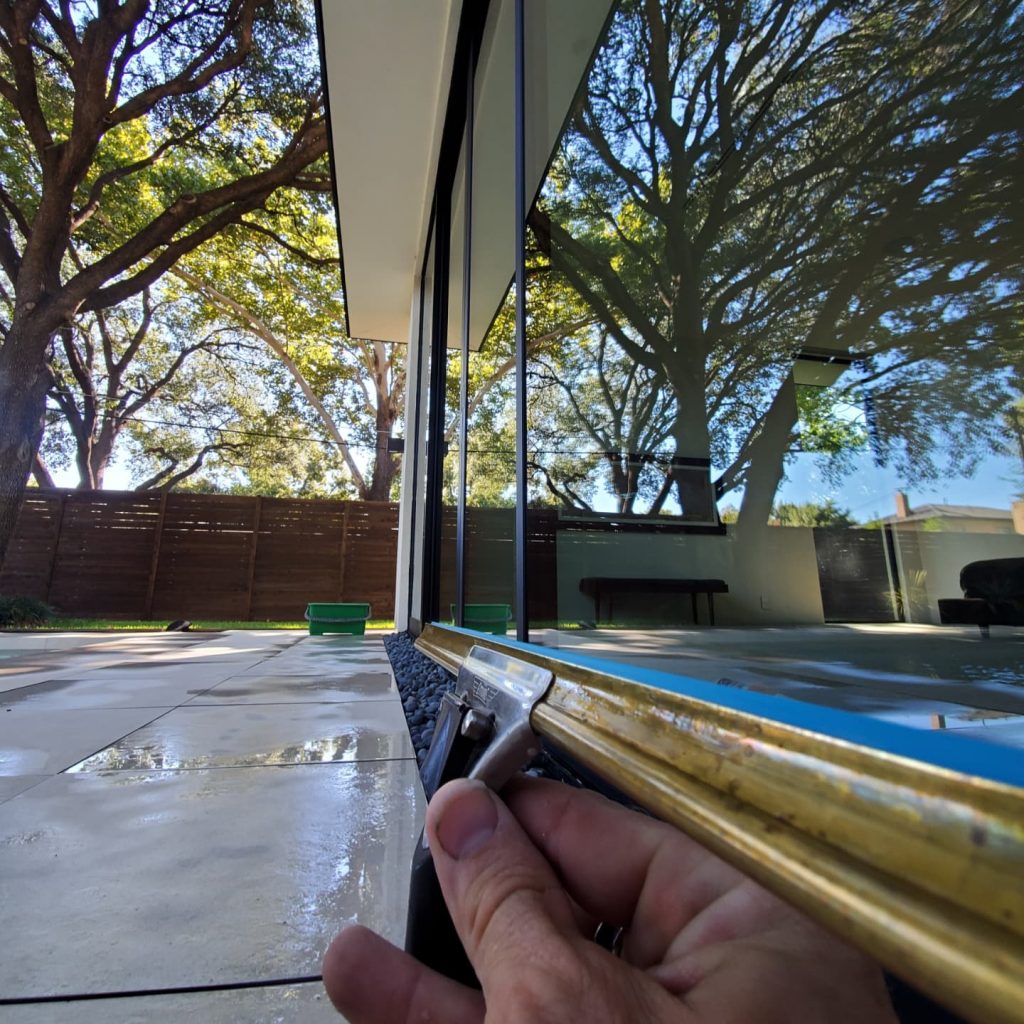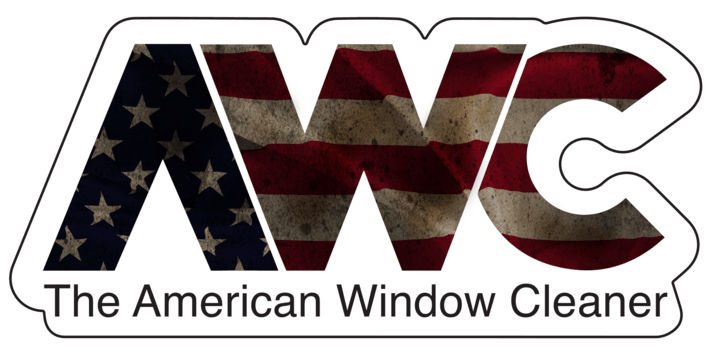It’s been said a time or two that you only get one chance to make a first impression. I’ve found, however, there are a couple of odd cases where there are multiple chances at making a lasting impression, even if it isn’t the first one. The downside is, you can’t undo a bad impression in any of these instances. You have to make a good impression in all of them to solidify the perception you intend to make. Hiring a new employee is one of these unique cases where you have a few different significant impression opportunities in a very short order throughout the onboarding process. Especially in this labor market, if you fail to make a lasting positive impression in each instance, you will likely complain about how crappy the labor market is soon. If you get these impression opportunities right, you might just be looking at the best growth you’ve ever seen in your business.
Impression #1 – Your Job Ad

Credit: Phebe Van Der Meer
The first place a potential new employee experiences your business is in your job. If you don’t make a good impression here, all of the other potential impressions are irrelevant. The potential employee won’t click on your ad. This step should not be intended as a weed-out step in your Recruiting process. This should be intended to build the funnel of applicants as thickly as possible. Hence, there is a reason it’s called a Job “Ad” and not a Job “Description .” If your Job Ad contains a bunch of demands and constraints, it generally doesn’t set the right tone or vibe to attract potential employees to click your ad. We’ve found Simon Sinek’s approach of “Starting with WHY” to be a great way to make a great first impression here. In this formula, the job ad’s beginning is all about your Culture and what differentiates you from other places they could work. The second part of the Ad is “HOW” the job functions; what a day in the employee’s life will be like. The final part of the Ad is “WHAT” the job is; the job’s title, the company’s name, a pay range, and any other final little tidbits. This formula directs the potential employee’s focus to the “WHY” first and foremost, as it is your company’s culture and beliefs that will attract and keep them. Hence, this is a critical first impression to get them through to the next critical impression.
Impression #2 – Your Application and Filtering Process
The paper world is dead. If the first thing you do when someone expresses interest in your job is to hand them a stack of paper to answer questions, you’ll probably be looking for your next applicant because the last one has already left. In many cases, this filtering step gets missed altogether, and we throw the new applicant right into an interview with no vetting. Fortunately, in today’s world, we have Applicant Tracking Systems (ATSs) to streamline this work and vet potential candidates in seconds. (Our preferred ATS is Hire Who, a system designed by a home service business owner for other home service business owners).
There is an important secret sauce here, though. It’s not all just brute force narrowing people down. If the applicant gets the impression they are being put through the wringer, they will often not complete the application/questionnaire, and you’ll be left vetting a whole pile of candidates that either don’t make the cut or don’t make it through the gauntlet. That can be worthwhile in a more forgiving labor market, but with how hard it is to find labor these days, we can’t afford to dismiss an improperly would-be A player. We’ve found having concise, data-based vetting questions, limited to around 10, is enough to get a good bead on the type of candidate we are working with while not making too long of a process for them.
We have also started changing the tone of this process to carry more positivity and feel less like a calculus exam. Rather than call it an “Application” or an” Assessment,” we are referring to it as a “Job Satisfaction Predictor.” In the spirit of making a great impression, we want the applicant to be thinking about how much they might love working for us. Along the same lines, questions that read “which of these would bother you the most?” are being reworded to “which of these would you love the most?” We flip the script to create an awesome impression and move along to our next impression opportunity.
Impression #3 – Your Interview Process

Credit: Louis Hey
This is maybe the most critical impression you make, as things are starting to get serious here, and you have now acknowledged this employee exists and may even be “the one.” This step is scary. It reminds me of dating in high school, “I think I like them, and I think they like me, and now I need to talk to them. Gulp.” This step has also changed massively due to COVID. It used to be assumed that interviews were pretty much always in person unless, for some ungodly reason, it had to be conducted over the phone. Even then, it was widely accepted that a phone interview was more like grabbing a cup of coffee together and not a real date anyway. A real interview would only happen if you passed the first test.
See Impression #2 for how to alleviate the double interview. Interviewing today is a different ballgame, where a phone interview might even lead directly to a hire. However, there is no doubt it is much harder to leave a massive, lasting, positive impression with an applicant during a phone interview than if you could meet them face to face. When that’s not an option (which in today’s work often is not), a video conference is a close second, and a phone interview is still good enough. When an in-person interview is an option, though, we’ve found that flipping the script again is the best recipe to make a great impression. Rather than inviting someone into our domain and lambasting them with questions to test them, we invite them in with food, refreshments, and a presentation; we will allow them to lambast us with their questions. We focus on our Culture and the benefits of working for our company. What a day in an employee’s life looks like, and how they get paid and rewarded when they do an awesome job. We, of course, can tell from these interactions which is the most interesting and best fit for the job quite easily, but most importantly they get a great impression that they will love working for us. It’s not an interview. It’s a sales presentation. This impression is such a massive one because if you’ve done a good job on the first 2 impressions, the people that are left are the ones you care about. You can’t afford to lose them here!
This topic is so massive we are only at the midway point, but to keep you on the edge of your seats, we’ll cover part two of this impressionable article in next month’s magazine. Be sure to pick that up while it’s hot and dig into impressions 4, 5, and 6 of new hire onboarding. It will change the game for the way you grow your service business.
Check Out our Website!
As always, don’t forget to head to our website and grab our free chart of accounts download and free target budget template so you can keep your financials dialed in and your profit margin maxed out.
Dan Platta – CEO – Blue Skies Services
Bookkeeping, Beer, and BS on Facebook

